Home>Renovation & DIY>Tools & Equipment>How To Unlock Door With A Screwdriver
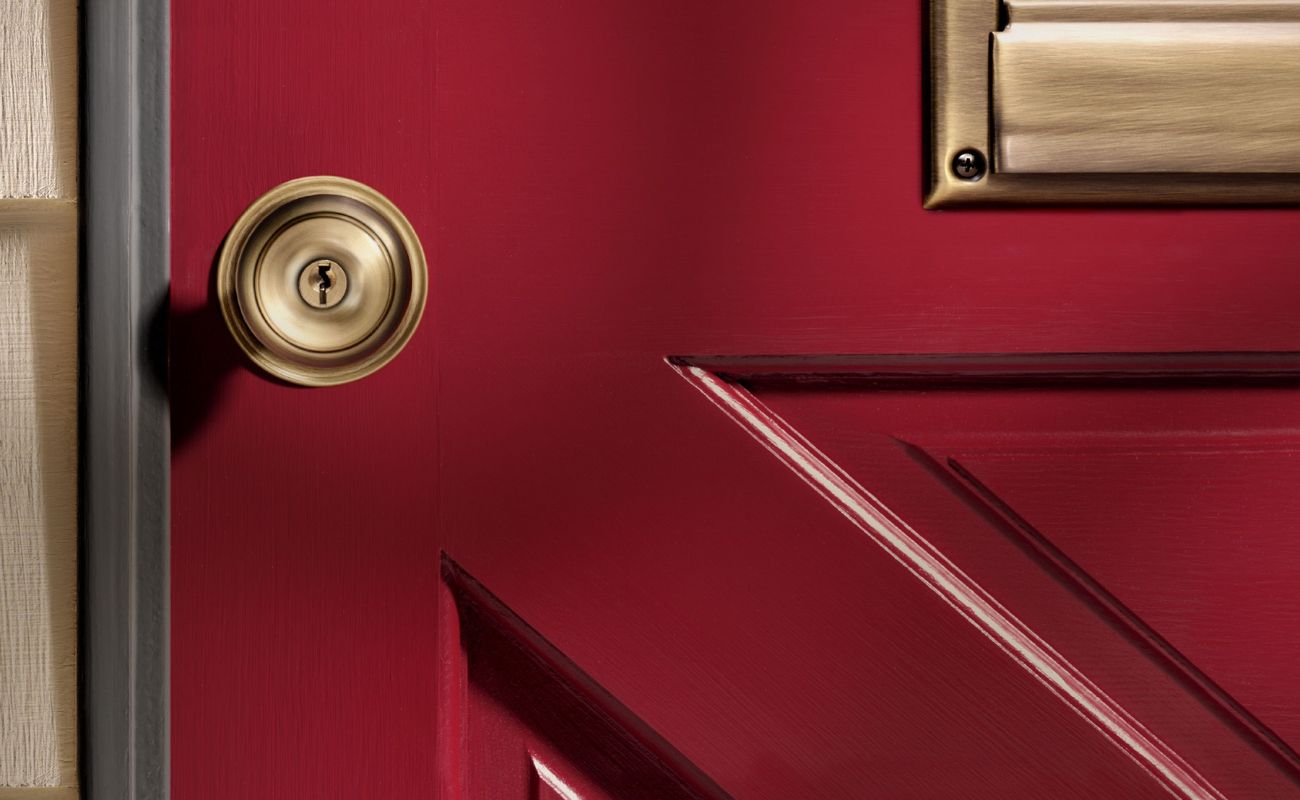

Tools & Equipment
How To Unlock Door With A Screwdriver
Published: December 19, 2023
Learn how to unlock a door using a screwdriver and other tools and equipment. Discover effective techniques for gaining access in emergency situations. Unlock doors safely and securely.
(Many of the links in this article redirect to a specific reviewed product. Your purchase of these products through affiliate links helps to generate commission for Storables.com, at no extra cost. Learn more)
Introduction
Welcome to the ultimate guide on how to unlock a door with a screwdriver. While this may sound like a scene from a spy movie, there are legitimate reasons for needing to unlock a door using this unconventional method. Whether you’ve accidentally locked yourself out of a room or are dealing with a malfunctioning lock, knowing how to use a screwdriver to open a door can be a lifesaver in certain situations.
Before we delve into the specifics of this technique, it’s important to note that using a screwdriver to unlock a door should only be done in emergency situations or when you have explicit permission to do so. It’s crucial to respect the laws and regulations regarding property access, and unauthorized entry is illegal and unethical.
In this comprehensive guide, we’ll walk you through the step-by-step process of unlocking a door with a screwdriver, covering everything from assessing the door and lock to choosing the right screwdriver and practicing safety precautions. By the end of this tutorial, you’ll have a solid understanding of how to approach this task with caution and precision.
Key Takeaways:
- Always prioritize safety and legality when considering unlocking a door with a screwdriver. This method should only be used in genuine emergencies with proper authorization.
- Choosing the right screwdriver and handling it with care is crucial for successfully unlocking a door without causing damage. Always seek professional help if faced with significant challenges.
Read more: How To Unlock A Car Door With A Screwdriver
Assessing the Door and Lock
Before attempting to unlock a door with a screwdriver, it’s essential to assess the type of door and lock you’re dealing with. Understanding the specific features of the door and lock will help you determine whether using a screwdriver is a viable option and how to approach the situation effectively.
Here are the key factors to consider when assessing the door and lock:
- Type of Lock: Take note of the type of lock installed on the door. Common types include knob locks, deadbolts, and padlocks. Each type may require a slightly different approach when using a screwdriver to unlock them.
- Keyhole Configuration: Examine the keyhole to determine its shape and size. This will influence the type of screwdriver that can be used to manipulate the lock mechanism.
- Material of the Door: Assess whether the door is made of wood, metal, or another material. This will impact the force that can be safely applied when using the screwdriver.
- Accessibility: Consider the accessibility of the lock and keyhole. Some locks may be positioned in a way that makes it challenging to reach them with a screwdriver.
Once you’ve carefully evaluated these factors, you’ll have a clearer picture of the door’s locking mechanism and the feasibility of using a screwdriver to unlock it. Keep in mind that attempting to unlock a door with a screwdriver should only be done when absolutely necessary and with the appropriate permission or authority.
Choosing the Right Screwdriver
When it comes to unlocking a door with a screwdriver, selecting the appropriate tool is crucial for achieving success while minimizing potential damage to the lock and door. The right screwdriver will allow you to manipulate the lock’s internal mechanism with precision and control. Here’s what you need to consider when choosing the right screwdriver:
- Screwdriver Type: Evaluate the type of screwdriver needed based on the keyhole configuration. For standard pin tumbler locks, a flat-head screwdriver or a Phillips-head screwdriver may be suitable, depending on the specific design of the keyway.
- Size and Length: Ensure that the screwdriver is of an appropriate size and length to fit comfortably into the keyhole without causing obstruction. It should allow you to reach the internal components of the lock effectively.
- Quality and Durability: Opt for a high-quality screwdriver that offers durability and strength. This is essential for exerting controlled force on the lock without risking the screwdriver breaking or bending during the unlocking process.
- Comfort and Grip: Consider the ergonomic design of the screwdriver to ensure a comfortable grip, especially if you anticipate needing to apply prolonged pressure while manipulating the lock.
It’s important to note that using the wrong type or size of screwdriver can lead to ineffective attempts at unlocking the door and may cause damage to the lock mechanism. Therefore, taking the time to select the right screwdriver for the job is a critical step in the process.
By choosing a suitable screwdriver that aligns with the lock’s requirements, you’ll be better equipped to proceed with the next phase of unlocking the door using this method.
Inserting the Screwdriver into the Keyhole
After carefully assessing the door and lock, and selecting the right screwdriver for the job, the next step in the process of unlocking a door with a screwdriver is to insert the tool into the keyhole. This step requires precision and patience to ensure that the screwdriver is positioned correctly for the subsequent unlocking maneuvers.
Here’s a systematic approach to inserting the screwdriver into the keyhole:
- Positioning: Hold the screwdriver firmly and position it at the entrance of the keyhole, ensuring that it aligns with the internal components of the lock. The tip of the screwdriver should be inserted as far as possible into the keyway without forcing it.
- Gentle Maneuvering: With a steady hand, gently maneuver the screwdriver further into the keyhole, maintaining a sense of control and delicacy. Avoid applying excessive force at this stage, as it’s crucial to avoid damaging the lock’s internal mechanism.
- Depth Adjustment: Adjust the depth of the screwdriver within the keyhole, ensuring that it reaches the pins or tumblers inside the lock. This may require subtle movements to find the optimal positioning for the subsequent turning motion.
- Stability Check: Verify that the screwdriver is stable and securely positioned within the keyway. Any wobbling or instability should be addressed before proceeding to the next phase of unlocking the door.
By following these steps, you’ll be able to insert the screwdriver into the keyhole with precision and accuracy, setting the stage for the subsequent actions required to manipulate the lock and achieve a successful door unlock using this method.
Insert the screwdriver into the keyhole and turn it as if it were a key. Apply pressure and turn the screwdriver until the lock mechanism releases. Be careful not to damage the lock or door.
Turning the Screwdriver to Unlock the Door
Once the screwdriver has been correctly inserted into the keyhole, the subsequent step in the process of unlocking a door using this method involves turning the screwdriver to manipulate the lock’s internal components. This delicate maneuver requires patience and finesse to execute effectively without causing damage to the lock or door.
Here’s a detailed guide on turning the screwdriver to unlock the door:
- Applying Torque: Apply gentle torque or rotational force to the screwdriver in the direction that corresponds to the unlocking motion of the lock. This may involve turning the screwdriver clockwise or counterclockwise, depending on the specific type of lock and its internal mechanism.
- Feedback Sensitivity: Pay attention to any feedback or resistance felt while turning the screwdriver. Subtle clicks or movements may indicate that the lock’s pins or tumblers are aligning or disengaging, signaling progress in the unlocking process.
- Incremental Adjustments: Make incremental adjustments to the torque applied, varying the pressure and direction as necessary to coax the lock into the unlocked position. This step requires a delicate touch and keen awareness of the lock’s responsiveness.
- Patient Persistence: Exercise patience and persistence while turning the screwdriver, as unlocking the door using this method may take time and multiple attempts. Avoid rushing the process, as haste can lead to unintended consequences such as damaging the lock or breaking the screwdriver.
By following these steps and maintaining a methodical approach, you’ll be able to leverage the screwdriver to manipulate the lock’s internal components and ultimately unlock the door. It’s important to proceed with caution and attentiveness throughout this phase to ensure a successful outcome.
Read more: How To Unlock A Door Lock
Safety Precautions
As with any task involving tools and potentially delicate maneuvers, unlocking a door with a screwdriver requires careful consideration of safety precautions to minimize risks and ensure the well-being of both the individual and the property. By adhering to these safety guidelines, you can approach the process with confidence and responsibility.
Here are essential safety precautions to observe when unlocking a door with a screwdriver:
- Legal Authorization: Ensure that you have legal authorization or explicit permission to attempt unlocking the door. Unauthorized entry into a property can have legal ramifications, so it’s crucial to act within the boundaries of the law and respect property rights.
- Emergency Situations Only: Limit the use of a screwdriver to unlock a door to genuine emergency situations, such as being locked out of a room with no alternative means of access. Avoid using this method as a convenience or habit, as it may lead to unintended consequences.
- Property Damage Awareness: Be mindful of the potential for causing damage to the door or lock during the unlocking process. Exercise caution to avoid applying excessive force that could result in structural or mechanical damage.
- Tool Handling: Handle the screwdriver with care and attentiveness, ensuring that it is used for its intended purpose and not mishandled in a way that could lead to accidents or injuries.
- Personal Protection: Consider using protective gloves to safeguard your hands from sharp edges or potential hazards associated with the door or lock. Additionally, maintain awareness of your surroundings to prevent accidental slips or falls during the unlocking process.
- Professional Assistance: If you encounter significant resistance or challenges while attempting to unlock the door with a screwdriver, consider seeking professional locksmith assistance to avoid exacerbating the situation or causing irreversible damage.
By prioritizing safety and responsibility throughout the process, you can effectively utilize a screwdriver to unlock a door in a controlled and cautious manner, mitigating potential risks and ensuring a safe outcome for all parties involved.
Conclusion
Congratulations! You’ve now gained valuable insights into the process of unlocking a door with a screwdriver, equipping yourself with the knowledge and understanding necessary to approach this task with caution and precision. While this method can be a practical solution in certain emergency scenarios, it’s essential to emphasize the importance of using this technique responsibly and within legal boundaries.
Throughout this guide, we’ve covered the critical steps involved in unlocking a door with a screwdriver, from assessing the door and lock to choosing the right tool and executing the unlocking process. By carefully evaluating the type of lock, selecting an appropriate screwdriver, and maneuvering the tool with finesse, you can effectively gain access to a locked space when necessary.
It’s crucial to reiterate the importance of respecting property rights and legal regulations when considering the use of a screwdriver to unlock a door. This method should be reserved for genuine emergency situations, and unauthorized entry into a property is both unethical and potentially unlawful.
As you navigate the process of unlocking a door with a screwdriver, always prioritize safety, exercise patience, and consider seeking professional assistance if faced with significant challenges. By doing so, you can mitigate risks, protect the integrity of the door and lock, and ensure a safe and responsible approach to accessing locked spaces when the need arises.
With this comprehensive understanding of unlocking a door with a screwdriver, you’re now equipped to handle this task with confidence and mindfulness, should the situation warrant such measures. Remember, the knowledge you’ve gained empowers you to approach this process responsibly and effectively, ensuring the security and integrity of the spaces you seek to access.
Frequently Asked Questions about How To Unlock Door With A Screwdriver
Was this page helpful?
At Storables.com, we guarantee accurate and reliable information. Our content, validated by Expert Board Contributors, is crafted following stringent Editorial Policies. We're committed to providing you with well-researched, expert-backed insights for all your informational needs.
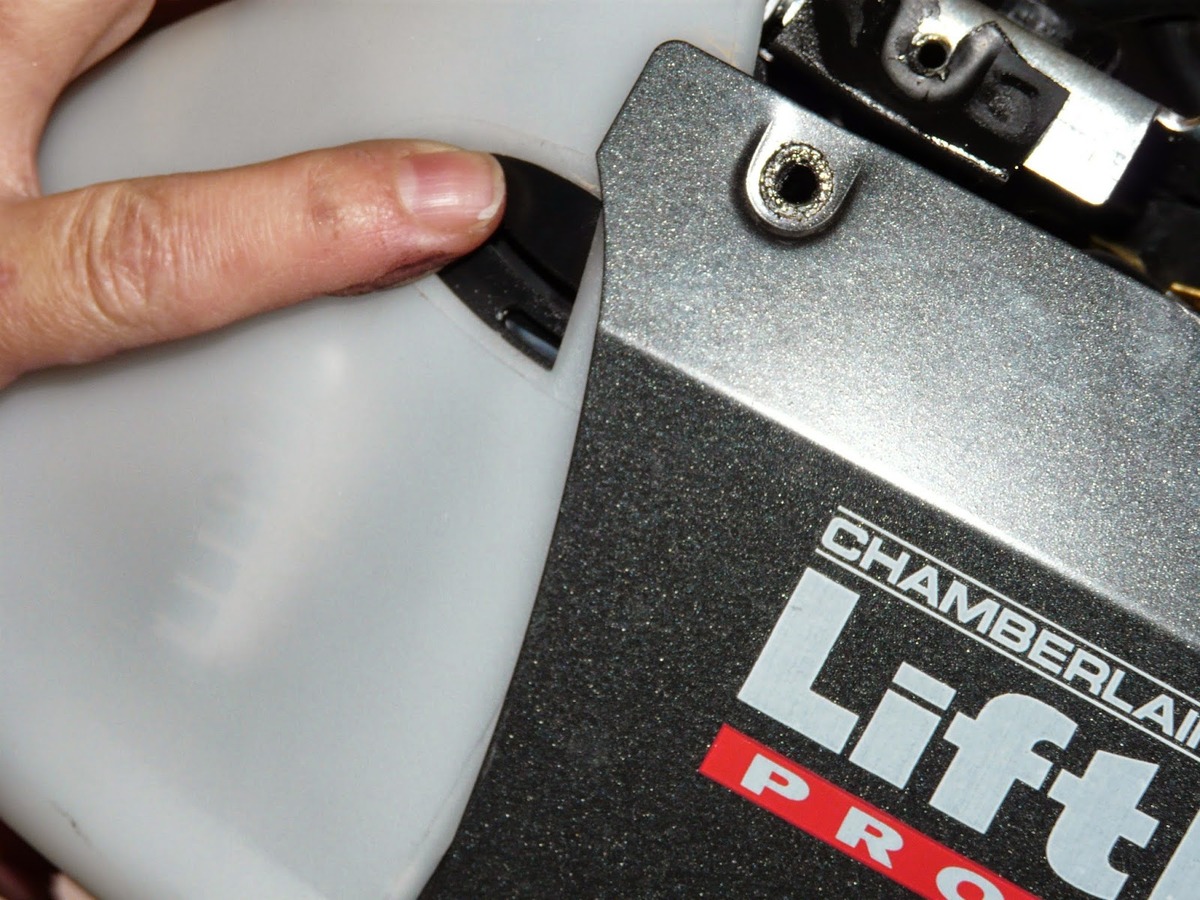
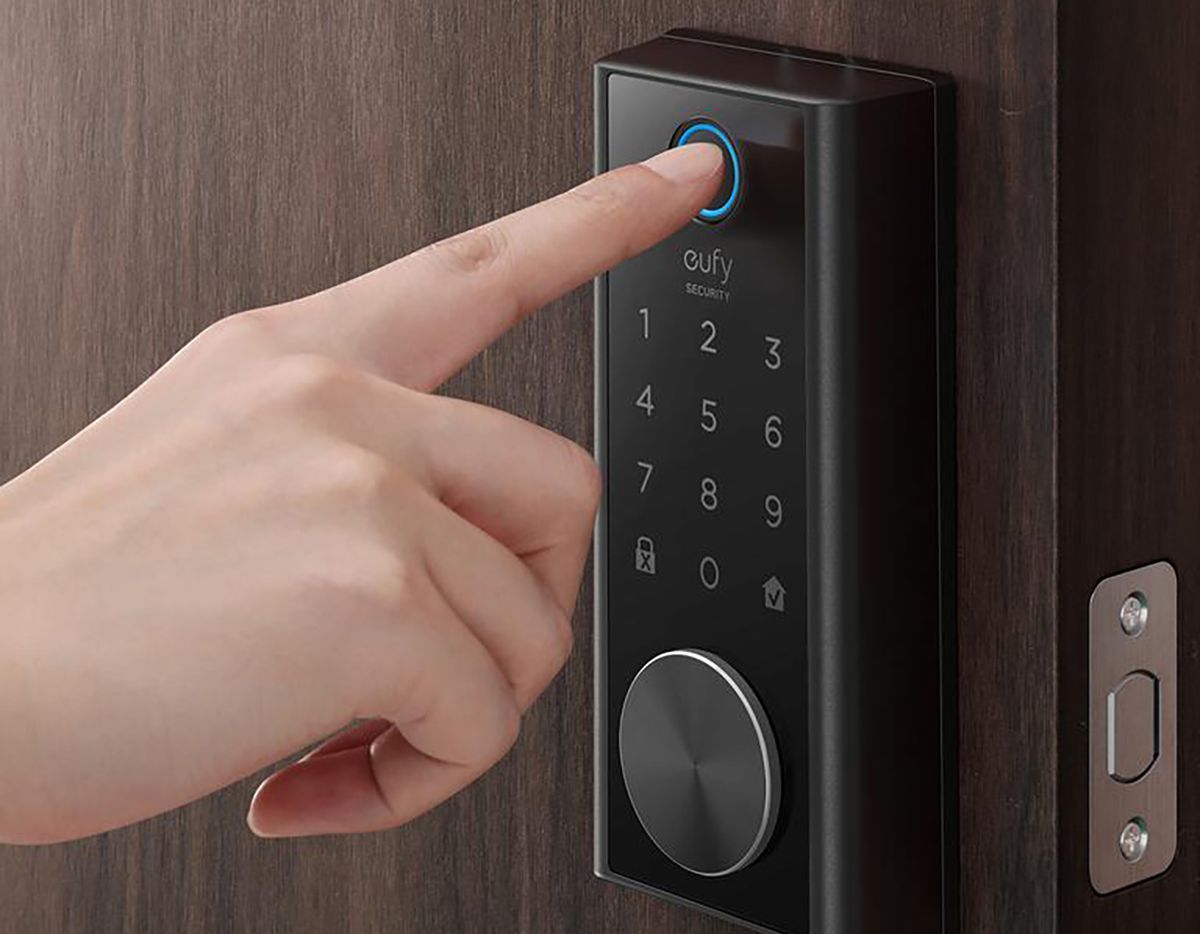
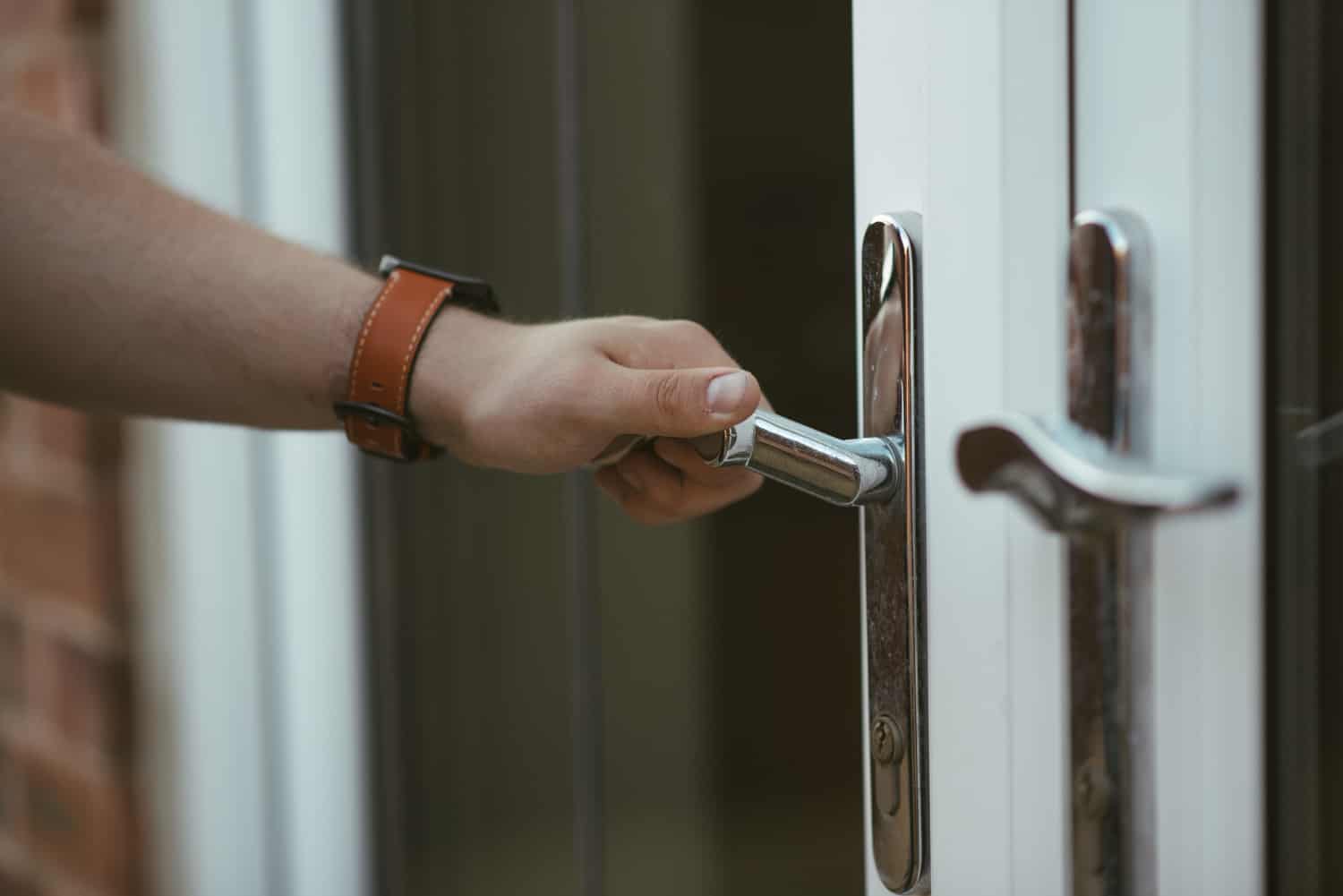
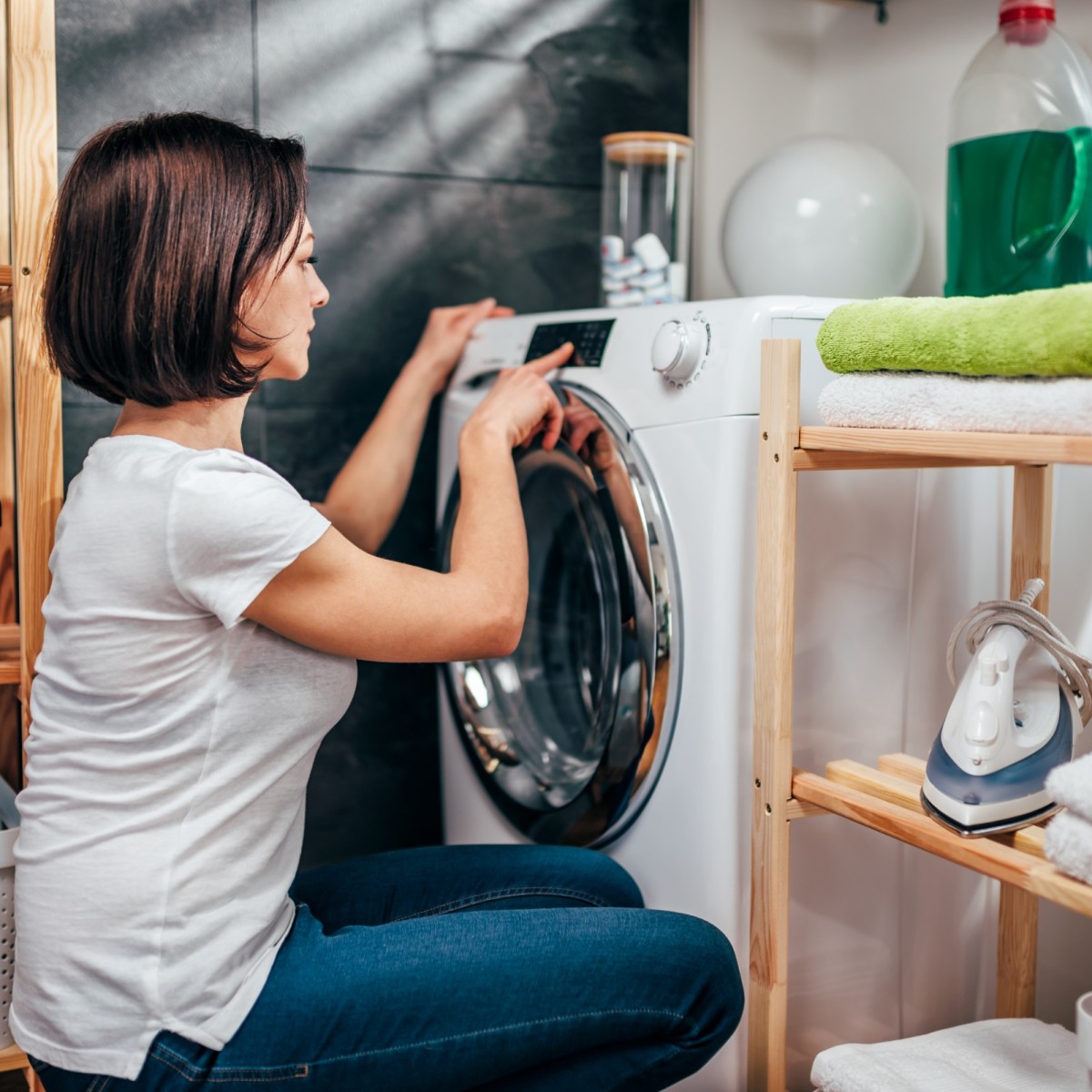
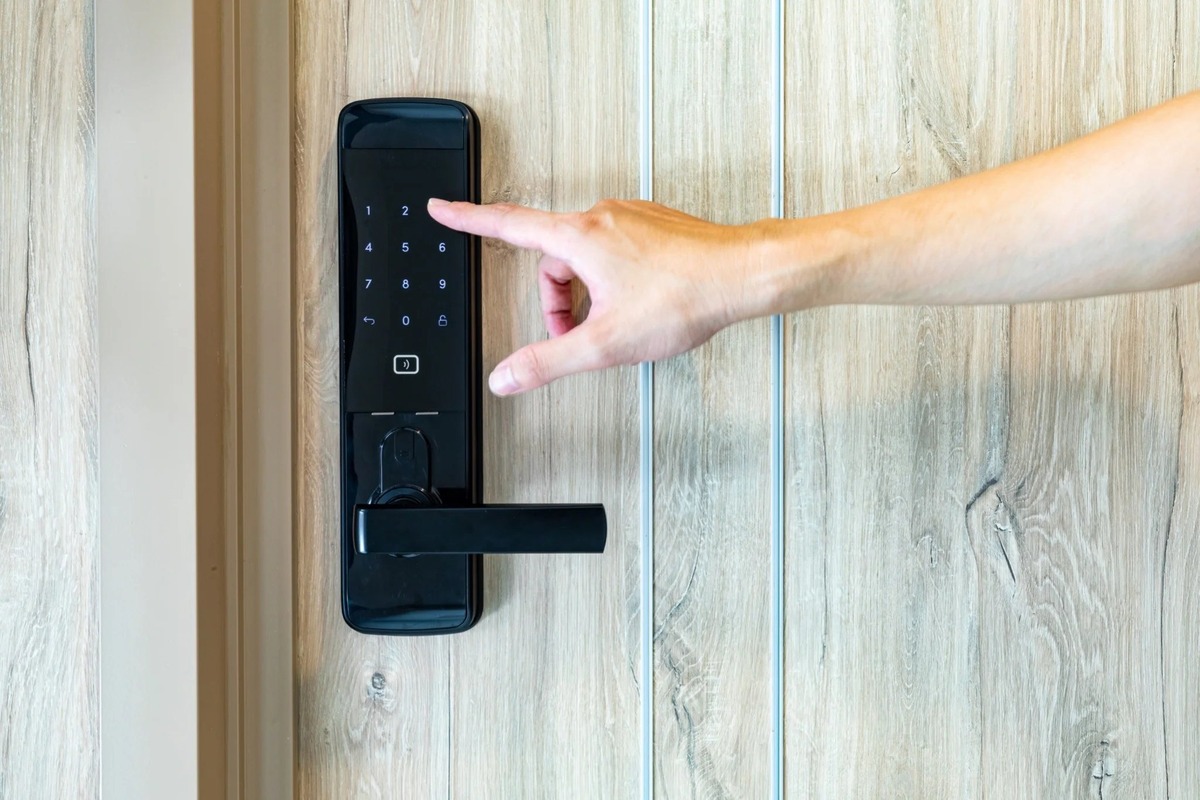
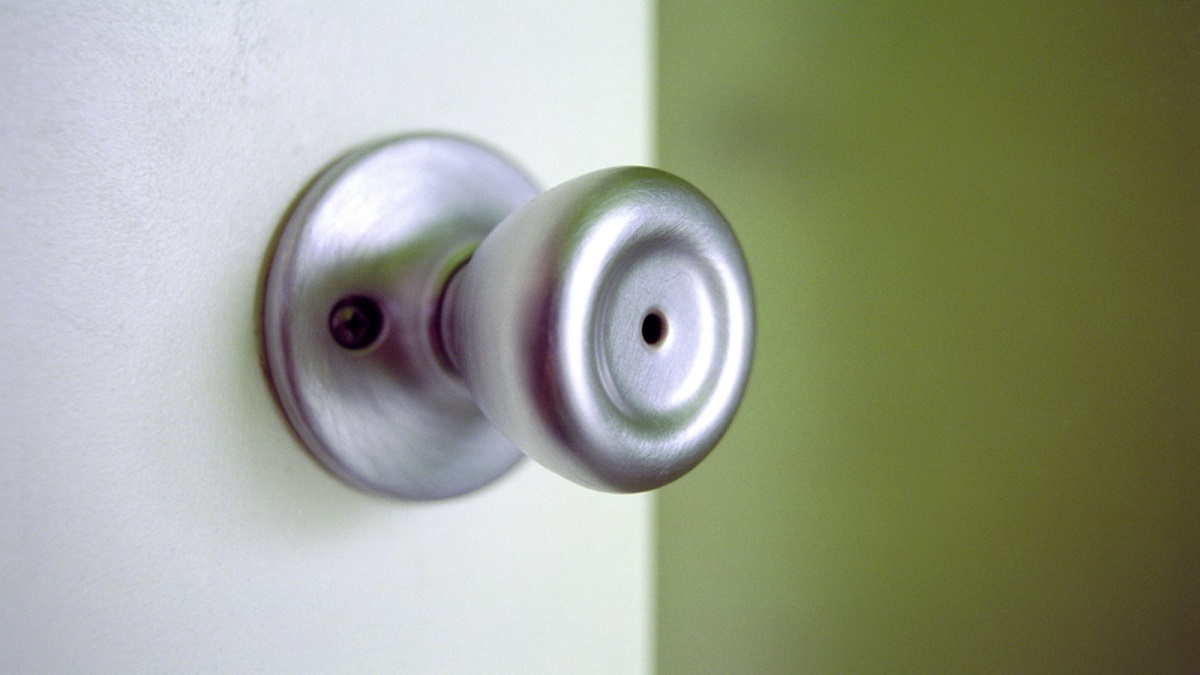
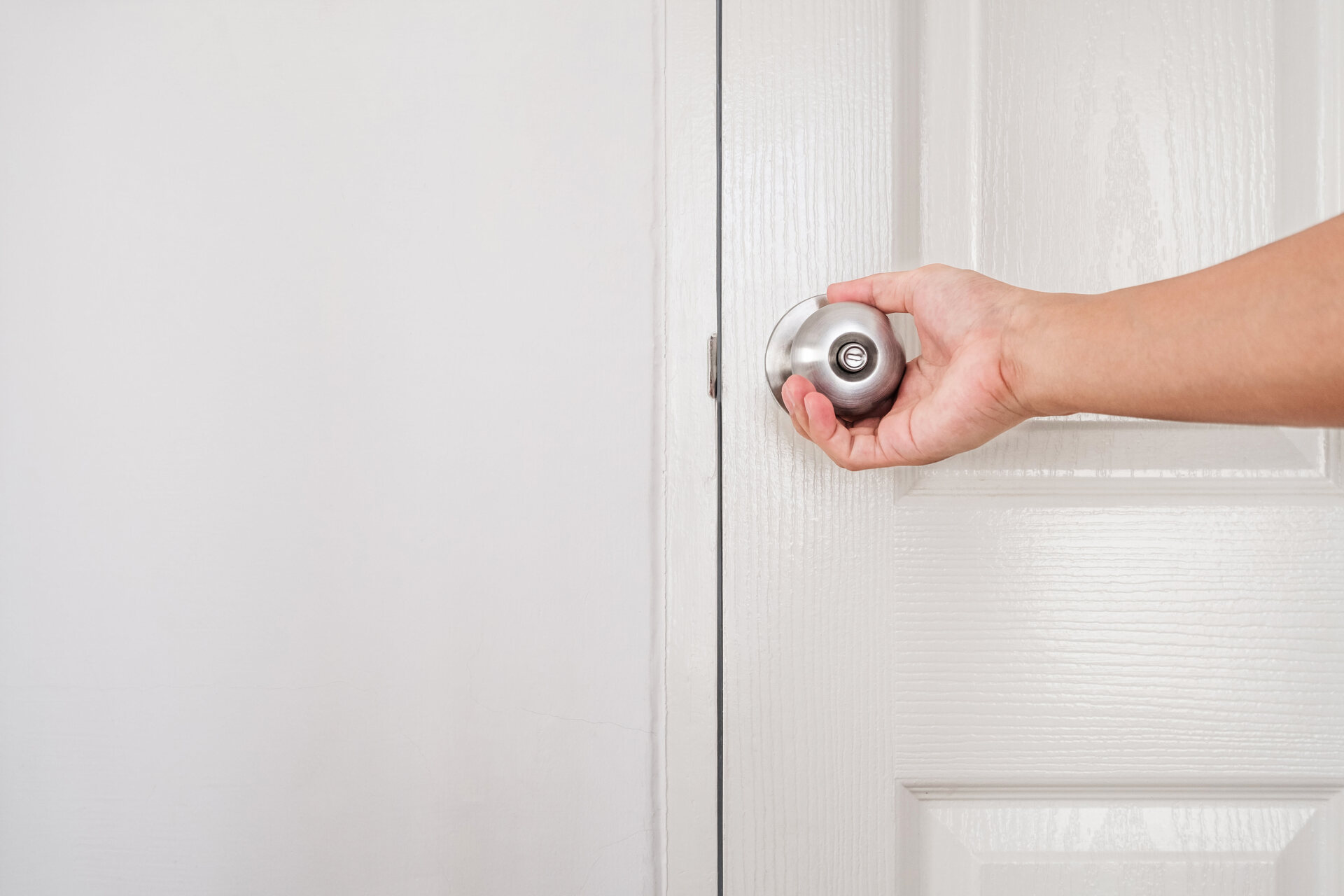
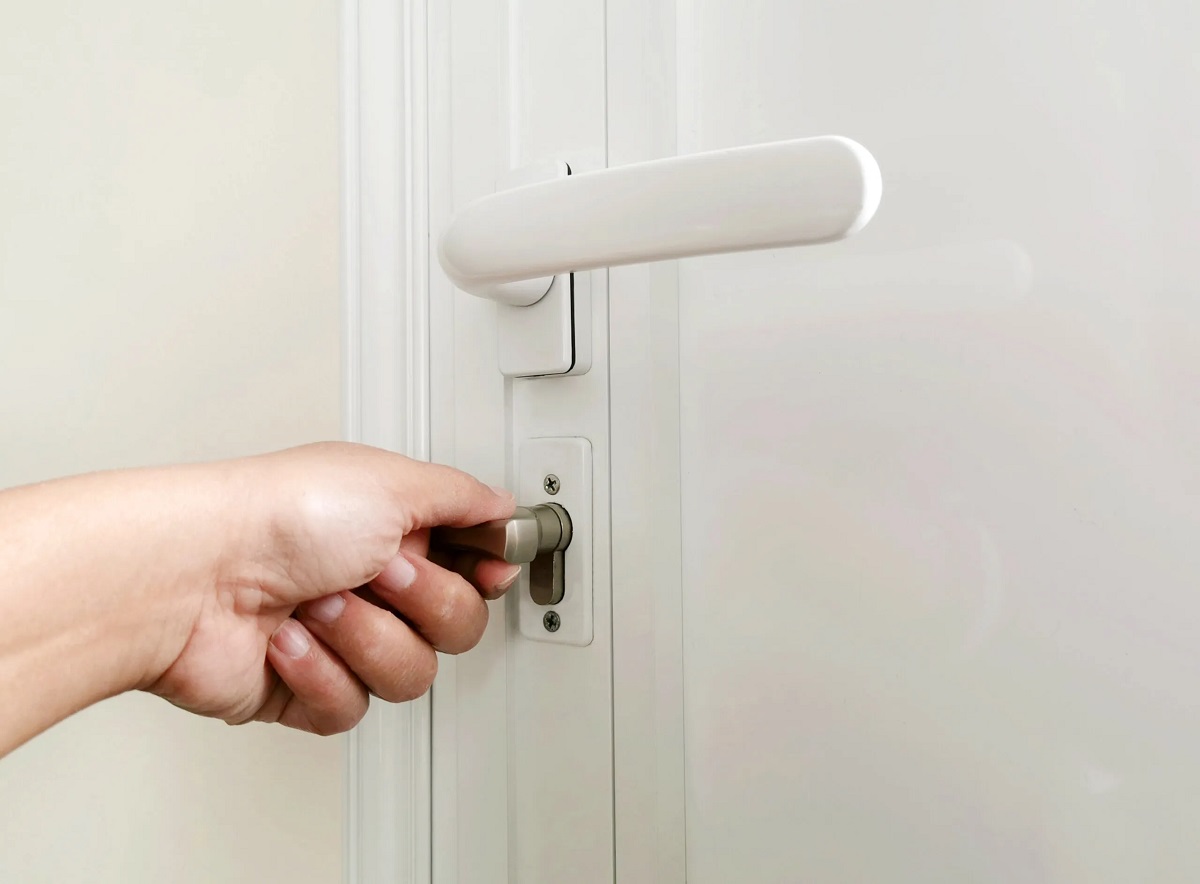
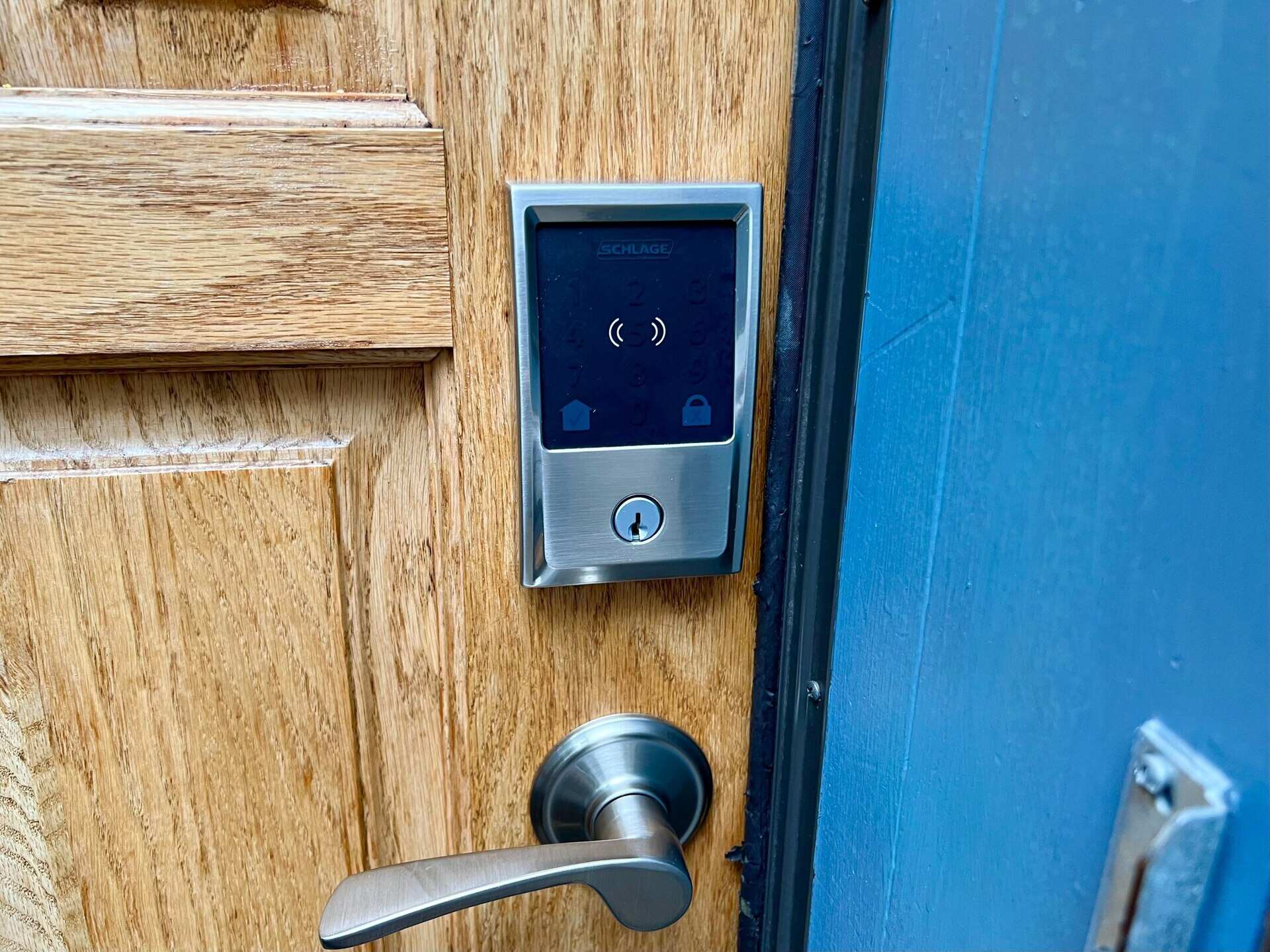
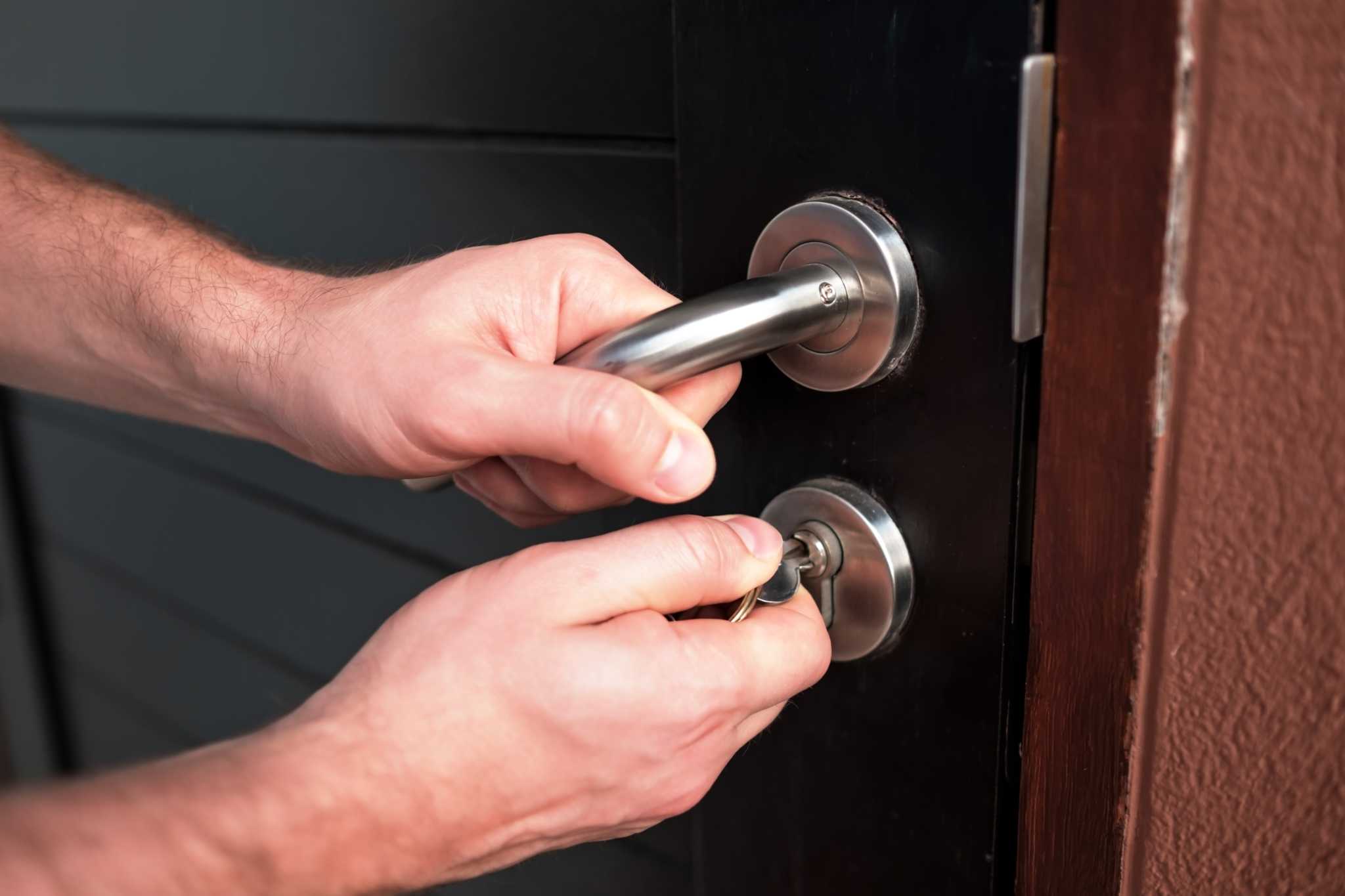
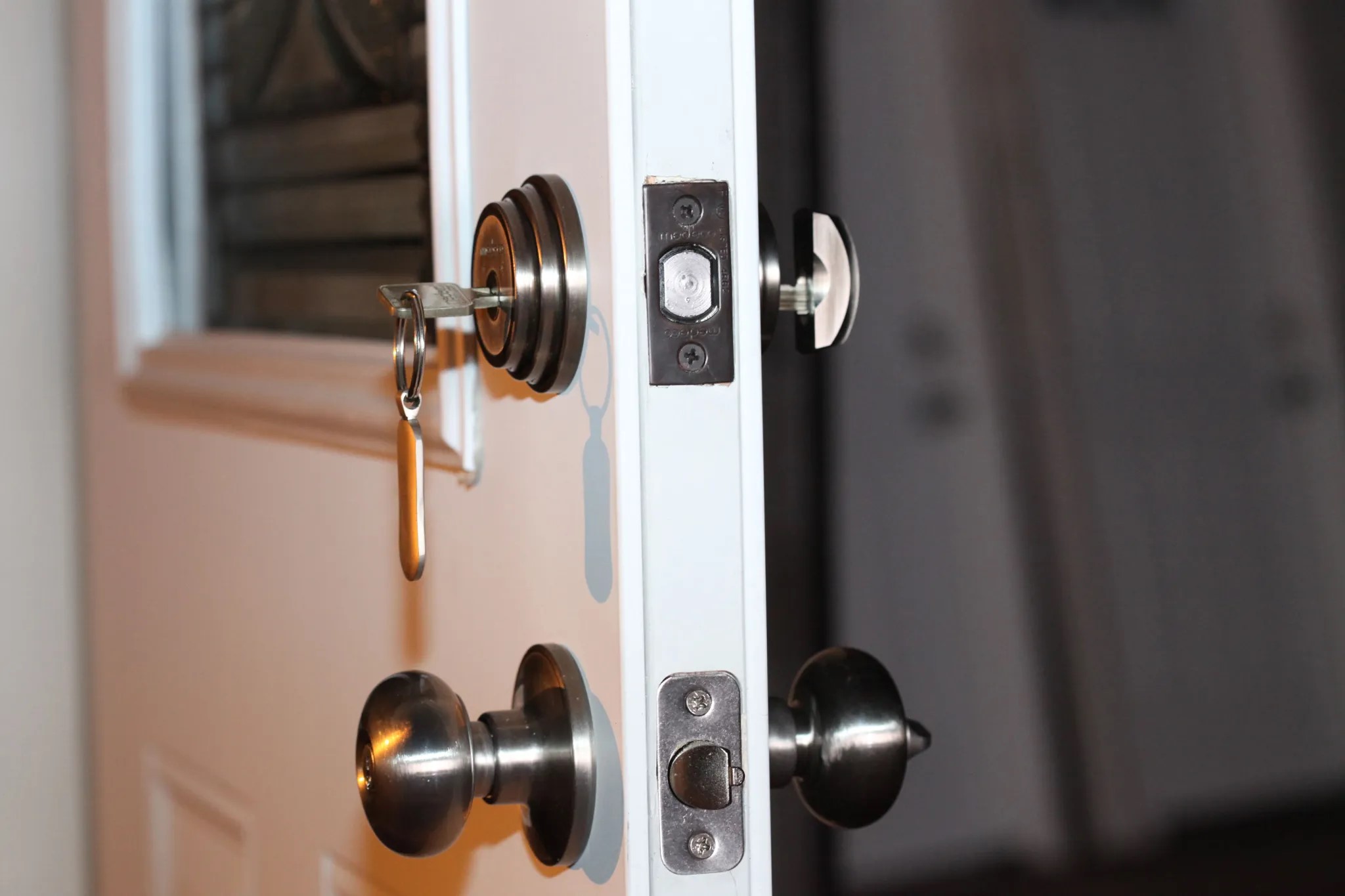
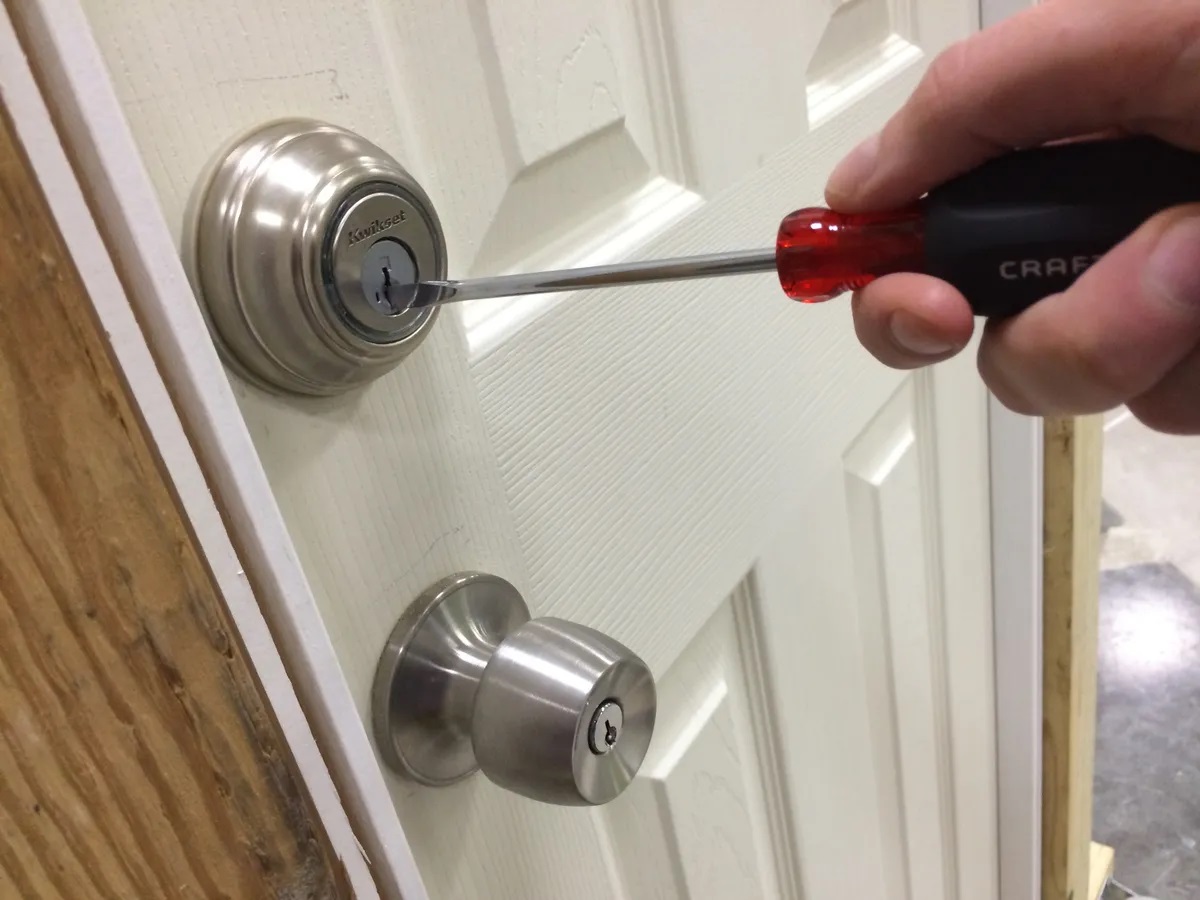
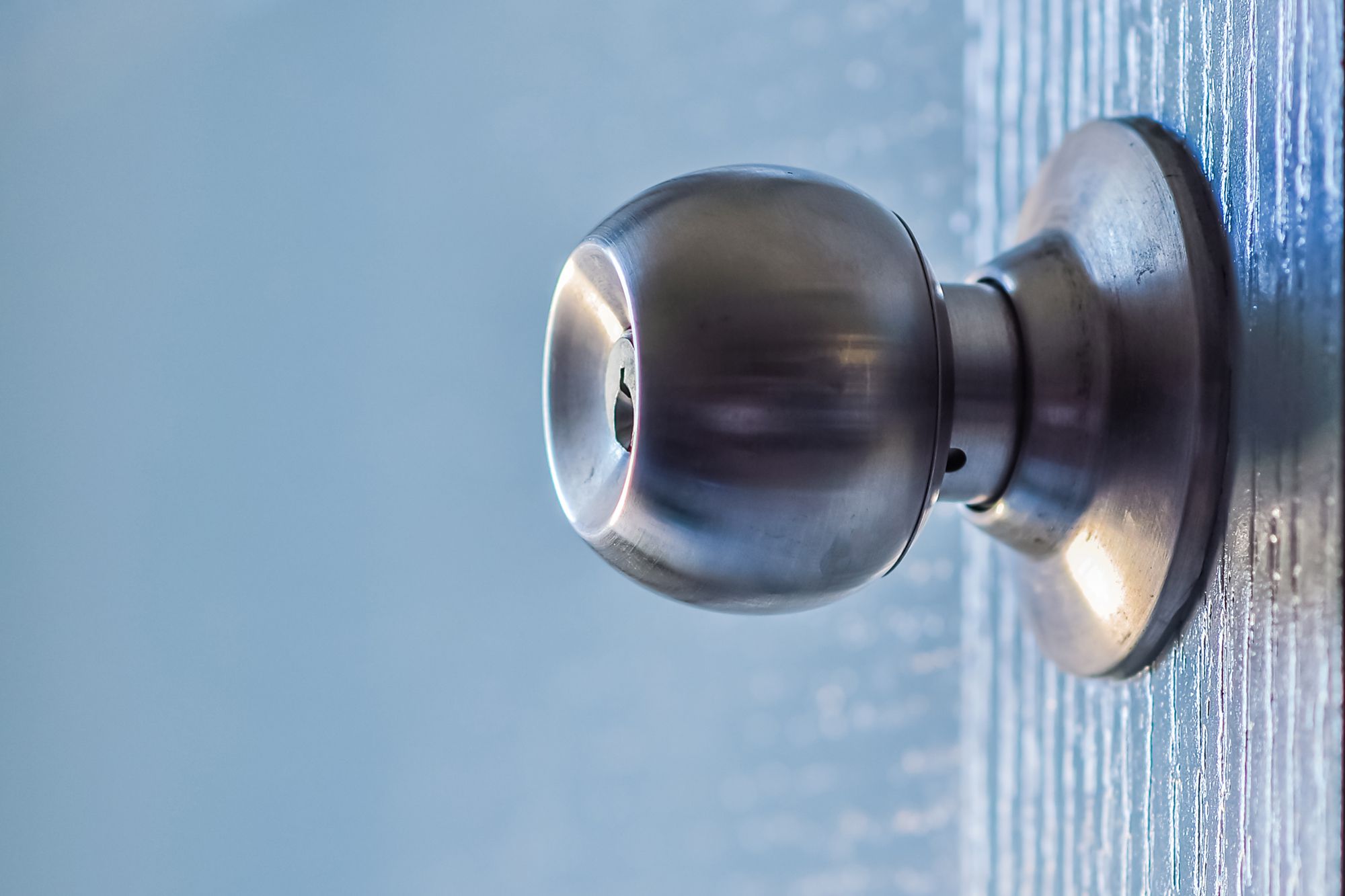
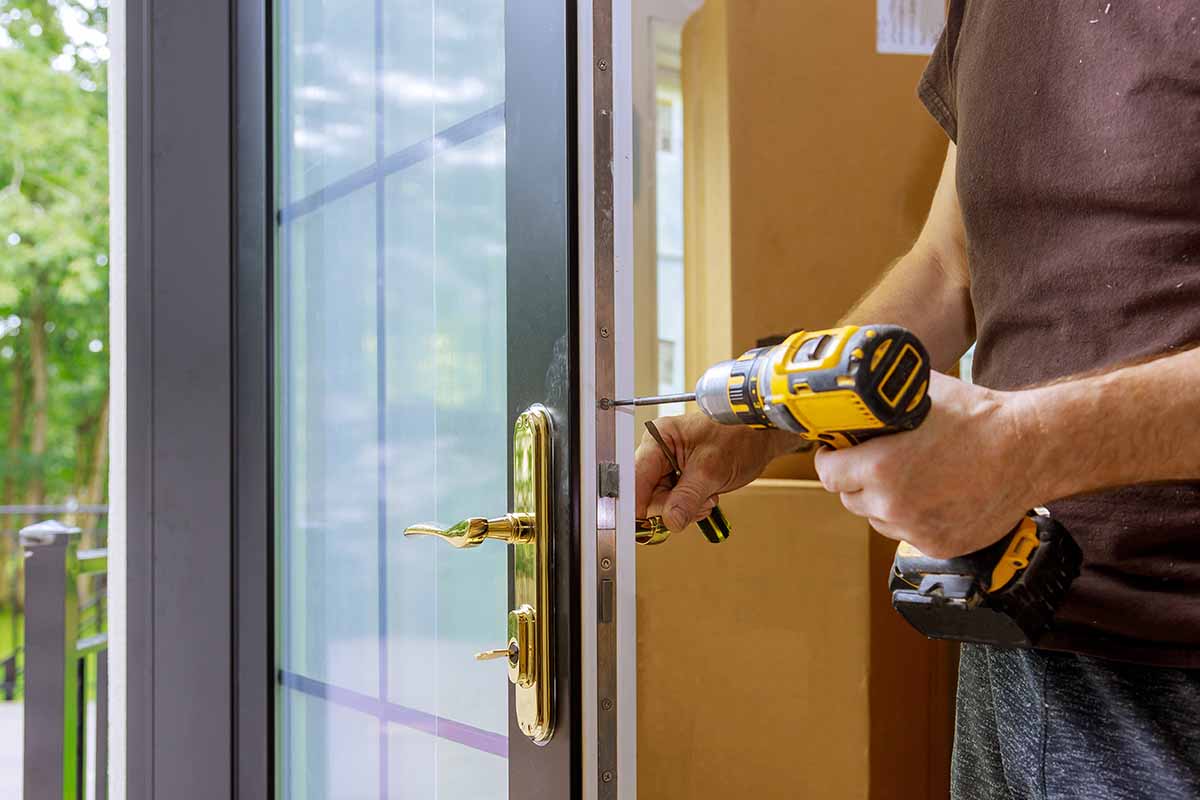

0 thoughts on “How To Unlock Door With A Screwdriver”